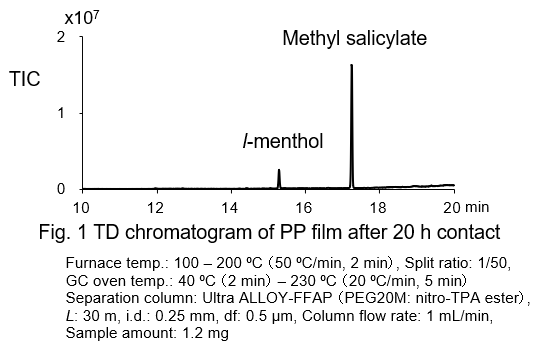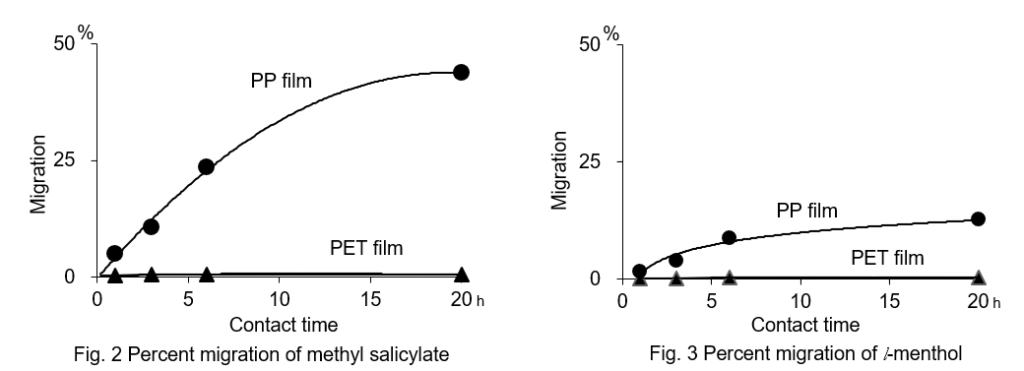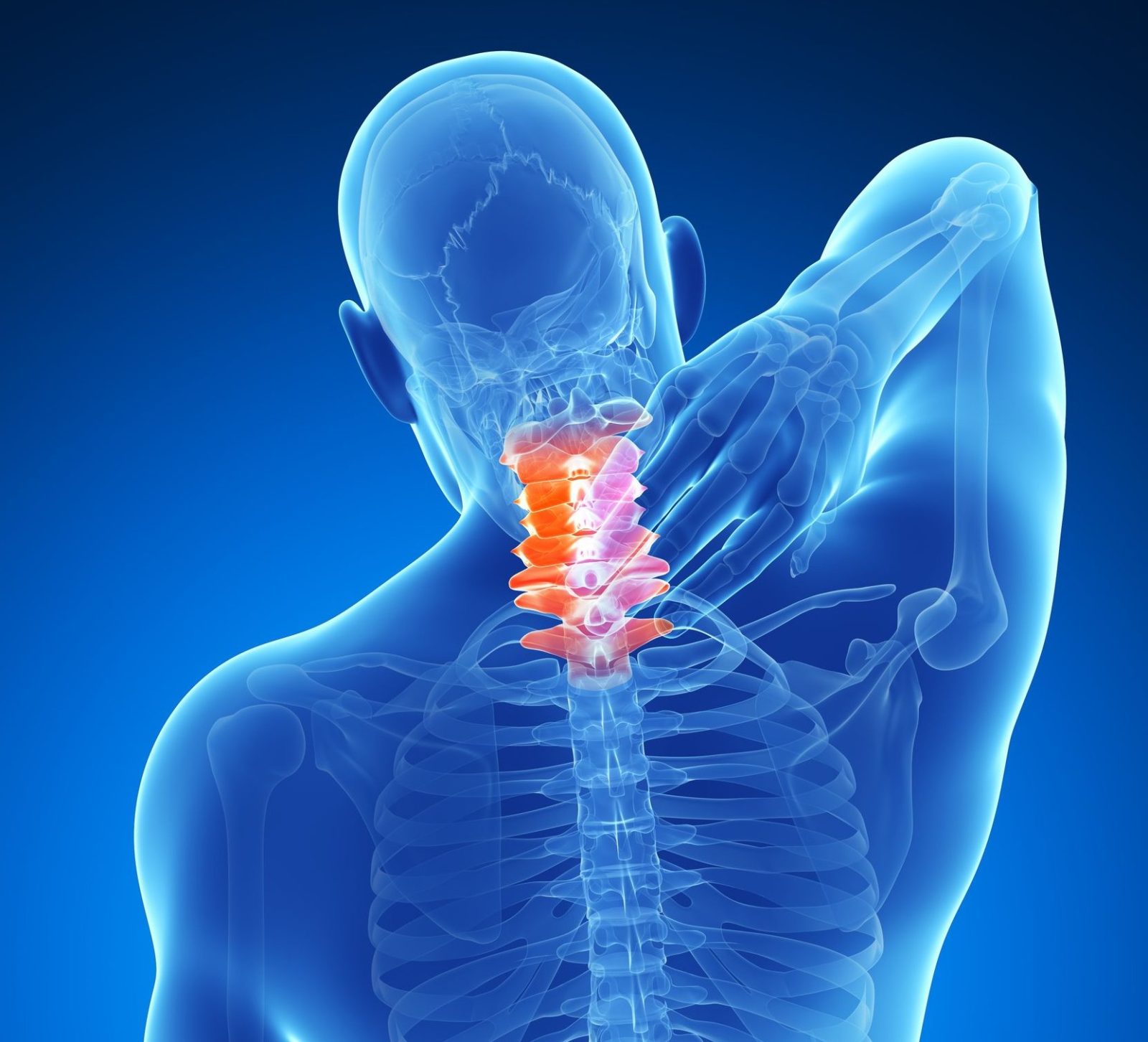Studying the migration of constituents of foods and pharmaceuticals into plastic packages and vice versa is one of the areas of interest for many manufacturers. In this short technical note, migration of medicinal ingredients in a pain relief patch into the backing film was studied by Thermal Desorption (TD)-GC/MS to explore effective backing materials for longer shelf life.
Thermal desorption analysis eliminates conventional sample prep regimes; the sample is heated to the point that the volatiles and light compounds desorb from the matrix (thermal extraction). It is fast, uses minimal or no solvent, and eliminates the need for expensive glassware. TD-GC/MS is a “volatiles only” analysis; high boiling sample constituents remain in the sample cup which eliminates system contamination, increases system stability and reduces run-to-run analysis time.
Experimental: Pyrolysis-GC/MS system with a Multi-Shot Pyrolyzer (EGA/PY-3030D) directly interfaced to the GC injector was used. A commercial pain relief patch (4.4 cm x 6.5 cm) was used (labeled active ingredients: 10 g of methyl salicylate and 3 g of l-menthol in 100 g of medicinal gel). First, a standard ethanol solution of each active ingredient was analyzed by TD-GC/MS, and a calibration curved was created. Next, using the created calibration curves, the amount of active ingredients in the original patch was determined by solvent extraction with ethanol using a small piece of the patch (2 mm x 4 mm). Then, the pain relief patch was affixed to a 20 µm-thick backing film, polypropylene (PP), or polyethylene terephthalate (PET), wrapped in aluminum foil for a fixed period of time (1 to 24 h) at room temperature (25 – 27 ºC).
The amounts of the active ingredients migrated into the backing films were directly determined by TD-GC/MS using a 2 mm x 5 mm piece of the backing film. The determined amounts of active ingredients were normalized for the unit area of samples, and the degree of migration (%) was calculated from the ratio of the amounts determined before and after the patch was affixed to the backing film.

Results: Fig. 1 shows the TD chromatogram of the PP film after affixing the patch and holding it for 20 h at room temperature. The percent migrations of methyl salicylate and l-menthol transported to the PP and PET films are shown in Fig. 2 and Fig. 3, respectively. The analysis shows that the PET film has a high migration barrier for methyl salicylate and l-menthol, when compared with that obtained with the PP film.

The multi-mode micro-furnace pyrolyzer allows multiple analysis: Evolved Gas Analysis (EGA), Thermal Desorption (TD), Flash Pyrolysis (PY), Double-Shot (TD followed by PY), Heart-Cutting (HC), and Reactive Pyrolysis (RxPy). This technical note demonstrated the power of TD modes of operation using the multi-mode pyrolyzer. To learn more about the other modes of operations, simply connect with us or visit us at www.frontier-lab.com.
Reference: Frontier Laboratories Ltd. 4-16-20 Saikon, Koriyama, Fukushima, 963-8862 JAPAN
